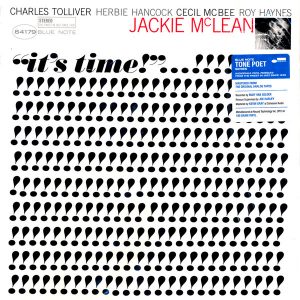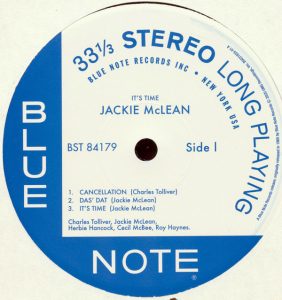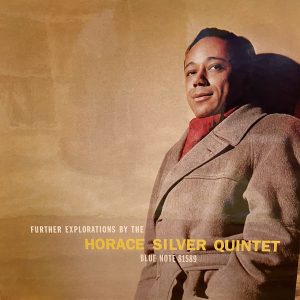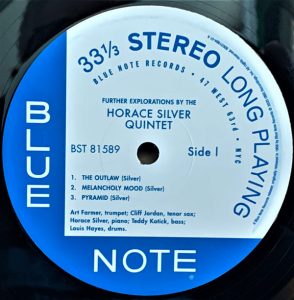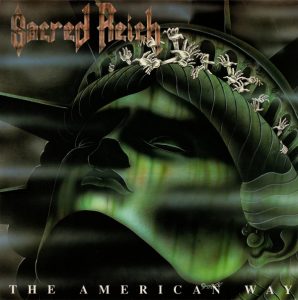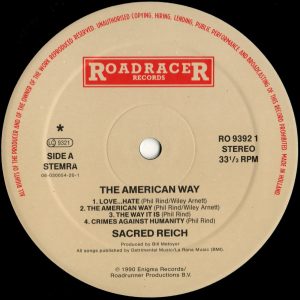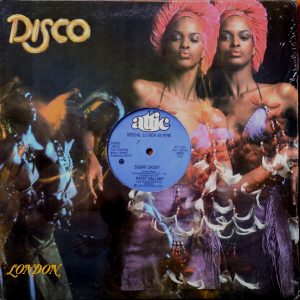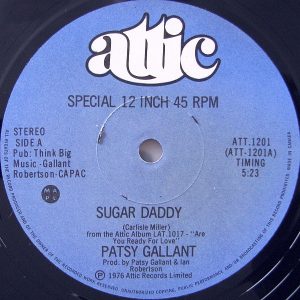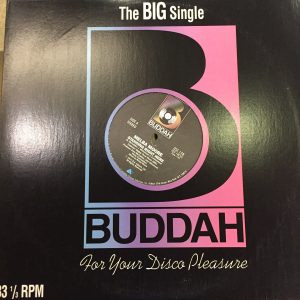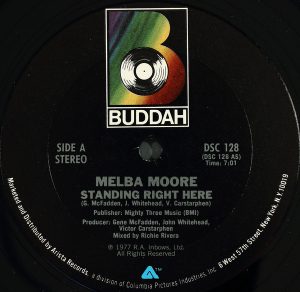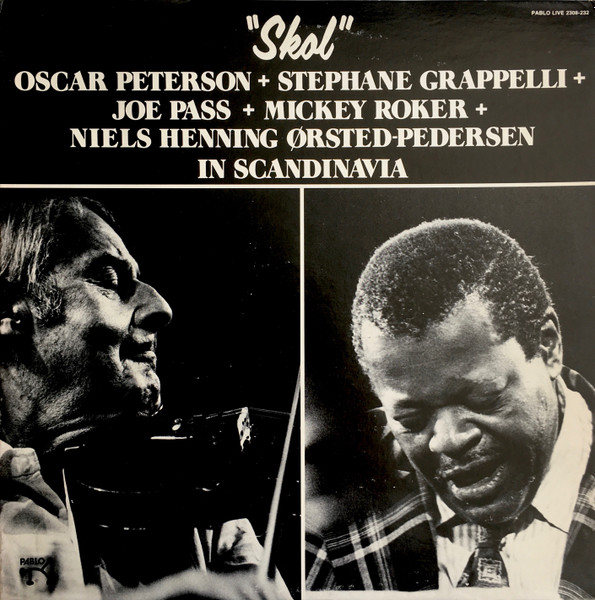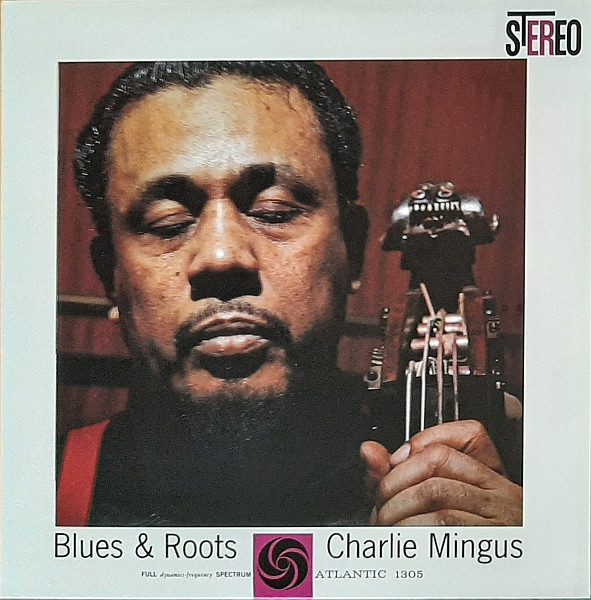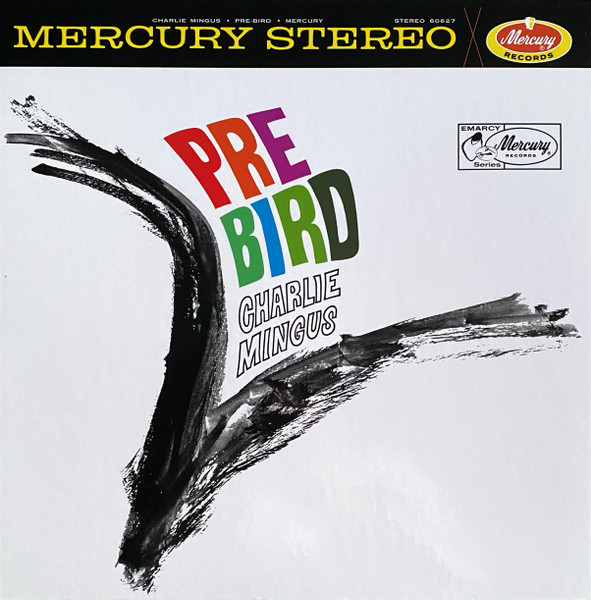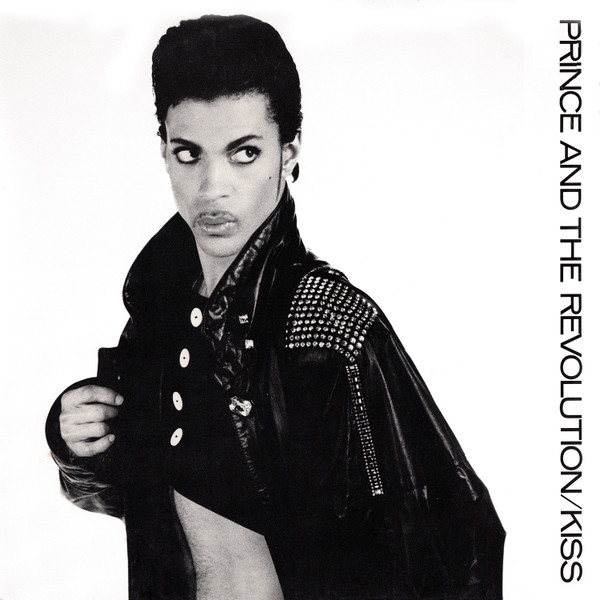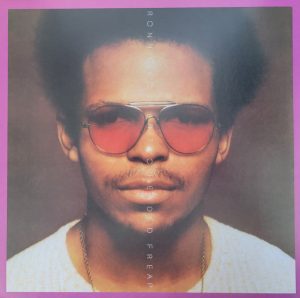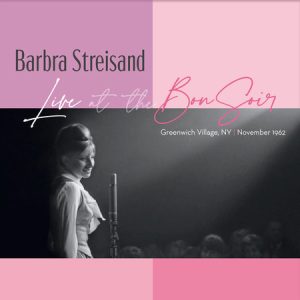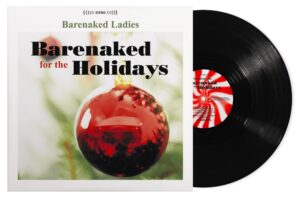This is an ongoing project by Claude Lemaire of Soundevaluations
156. Jackie McLean, It's Time!. Blue Note – BST 84179 (1965), Tone Poet Series – B0031655-01 (2020), 33 1/3 rpm. Genre: jazz, hard bop, post bop, free jazz leanings.
Previously I had suggested that Tone Poet's remastering of Wayne Shorter's excellent Etcetera (Blue Note LT-1056, B0029357-01) pretty much put it at the top of my favorite Blue Note releases at least regarding sonic matters (see 146 HERE). I am happy to report that it has now been surpassed sonically, and musically by Jackie McLean's It's Time!. This appears to be his 14th LP for Blue Note out of a total of 21, and that is aside from his prior nine LPs for Prestige, and at least 20 or so releases on either SteepleChase or other various labels. Produced by Alfred Lion and recorded in August 1964 at Van Gelder's Studio in Englewood Cliffs, NJ, the fiery session features Jackie on alto on the left counterbalanced by Charles Tolliver on trumpet on the right, racing in unison from the starting line with the track "Cancellation." From the get-go the former takes charge and sprints ahead up to the halfway point where the trumpet takes up the torch, both backed by Herbie Hancock improvising on the ivories, dissonantly dialoguing with great dexterity, paired up with the unrelenting rhythm section comprised of drummer Roy Haynes and bassist Cecil McBee. The level of musicianship, precision, and drive is out of this world. As is often the case with RVG, the bass lacks some palpability and precision—the only quibble to a perfect recording. Though not reaching down low, the piano does blend well within the quintet. The drums display fine midrange snap in the snare with agile dynamics to boot, but it is really the two horns that steal the show with such an exquisite tone, combining a burnish forceful cutting presence that transcends the speakers and the listening room. On that front alone Rudy and Kevin Gray outdid themselves on this one. If all Blue Notes sounded this great, jazz-loving audiophiles worldwide would be in heaven. The remaining five tracks of the album are nearly as good on all levels. As usual, Tone Poet's deluxe artwork and RTI's dead silent pressing are second to none in the industry. Friends, it doesn't get any better than this—classic mid-1960s Blue Note hard bop, flirting with free jazz blowing in stunning sound!
157. The Horace Silver Quintet, Further Explorations. Blue Note – BLP 1589 (mono) (1958), BST 81589 (1967), Tone Poet Series – B0031884-01 (2020), 33 1/3 rpm. Genre: jazz, hard bop.
This is another fantastic Blue Note reissue from Tone Poet that I find slightly surpasses this mainly excellent-sounding series. Recorded January 1958 by RVG at his previous place in Hackensack, NJ before moving to Englewood in mid-July 1959. Louis Hayes' drums are well captured. Teddy Kotick's bass typically suffers a bit being a Blue Note recording. Horace's piano fortunately is much better rendered than the average Van Gelder gig, being beautifully natural, articulated, and transparent in timbre. Finally Cliff Jordan and Art Farmer on tenor and trumpet respectively, are both terrific in tone color—the only frustrating caveat is that they share the same left channel and often play in unison instead of occupying opposite channels as is often the case with RVG's winning setup. On top of that, the piano is mostly situated on the left also, creating an unbalanced acoustic vacuum on the right where only the drums and weakish bass resonate—a very similar problem found on Lee Morgan's The Cooker (Tone Poet B0031577-01)—perhaps related to this earlier stereo period where Rudy was still experimenting with the new format. There are six tracks which five are signed Silver. Upon first listen, it reminded me of his previous LP, The Stylings of Silver (Blue Note 81562 or Music Matters Ltd MMBLP-1562), which is well worth seeking out also. Kevin Gray's remastering and cutting really got the tone balance spot on. Again Tone Poet's glossy cover art, Francis Wolf's photography, and RTI's perfect pressing makes this another no-brainer.
158. Sacred Reich, The American Way. Roadracer Records, Metal Blade Records, Enigma – RO 9392 1 (Hol.) (1990), 33 1/3 rpm. Genre: thrash metal, speed metal, funk metal.
Formed in Phoenix, Arizona in 1985, Sacred Reich carved out a niche among the trash metal bands of the era, building a bridge between Metallica, Slayer, and Anthrax from the first wave of the 1980s, and Death Angel and Pantera through the second wave of the 1990s. The American Way follows their incredibly-strong debut—1987's Ignorance (Metal Blade, Enigma Records ST-73306)—and in tandem with the cover art and title, reflects the band's socio-political side of speed metal. Whereas the latter bore striking resemblance with Slayer's brutal Reign in Blood (Def Jam Recordings GHS 24131) released a year earlier; on this album, the riffs and more moderate tempos align more towards Anthrax's Among the Living (Island, Megaforce Worlwide 90584-1) and Metallica's sound circa 1988-1991. Produced and engineered by Bill Metoyer and assisted by Scott Cambell, the eight-track album was recorded and mixed at Cornerstone Studios in Chatsworth, Los Angeles, CA and Track Record in Hollywood, CA. The mix is magnificently executed, giving each of the four members perfect precision, power, and aggression for this metal genre. Greg's drums definitely stand out as superbly and skillfully miked along with Jason and Wiley's guitars combining a combo of crunch and warmth, with Phil's bass and vocals driving an energetic pace. The tonal balance is spot on; combined with the appropriate punch and dynamics, makes it one of the top sounding speed metal releases. Strangely the very last song—"31 Flavors"—features the funky sounds of The Unity Horns; with sax, trombone, and trumpet twisting the vibe completely to a groovier metal flavor. Released in May 1990 towards the nadir of vinyl's popularity, it was never pressed in the United States so I acquired it upon its first release as a thin 120 gram or so European import, pressed by CBS, Haarlem in the Netherlands.
159. Patsy Gallant, "Sugar Daddy"/"Back to the City." Attic – ATT.1201 (Can.) (1976), 12", 45 rpm. Genre: disco, funky jazzy pop.
Canadian singer Patsy Gallant's long musical career stems back to the 1950s at a very young age in both French and English, landing her first single in 1967. Nearly a decade later, she like many, embraced the disco craze, where in the province of Québec—more so in Montreal—disco fever was running high in temperature in the discothèques, radio stations, and local charts. Paired with producer and manager Ian Robertson, they released her first disco-flavored album Are You Ready for Love (Attic LAT 1017) in 1976—her French counterpart being Besoin d'Amour (Attic LATF 5000) out just mere months later. The twelve-inch version of "Sugar Daddy" selected here is sung in English only—a slightly shorter French version came out as a seven-inch single at the time also (Attic ATF 501). Following the trend started by Donna Summer with her cover version of Barry Manilow's "Could It Be Magic" as well as Diana Ross with "Love Hangover" both in early 1976, and later that year with Thelma Houston's cover of Harold Melvin & The Blue Notes' "Don't Leave Me This Way," Patsy begins the track with a short soft acapella intro before the mid-tempo beat comes in. Close to the midpoint, there is a superb percussive break based heavily on drums, congas, and alternating channel hi-hat, nicely panned, and slightly spiced up with moderate reverb that resembles the percussion intro and breaks to Gloria Gaynor's cover of The Four Tops' "Reach Out I'll Be There"—as such making a nice mix possibility. The vocals start to add on during the break's build up. The last minute mutes the vocals, and we are simply left with the instrumental, slowly fading finale, which has great warm arrangements by Yves Lapierre, somewhat similar to The Black Light Orchestra's style of that same era. Recorded and mixed by engineer Paul Pagé, and assisted by Billy Slawlowski at Studio Tempo, Montreal. Bill Kipper at Disques SNB Ltée in Montreal mastered and lacquer cut it. The sound is impressively balanced from top to bottom, good clean punch, dynamic for the genre, with wide and tall soundstage. Side B's "Back to the City" is another genre completely—rather than disco it is more a funky jazzy pop song, more akin to a simplified Steely Dan leftover track. That said, being very short in duration, and cut on a twelve-inch single by the same team as side A, it is very dynamic, with a fast punchy articulated kick and poppy snare; so worth at least a listen for sonics alone.
160. Melba Moore, "Standing Right Here"/"This Is It." Buddah Records – DSC 128 (1977), 12", 33 1/3 rpm. Genre: soulful disco.
This is by far my favorite Melba Moore record for it contains two of her biggest hits reunited on one twelve-inch single plus outstanding sound for the main track on side A. "Standing Right Here" is a classy mid-tempo smooth soulful disco song penned and produced by Philly trio Gene McFadden, John Whitehead, and Victor Carstarphen, part of the Mighty Three Music publishing company instigated by Gamble & Huff, and Tom Bell. From the opening hi-hat and bass line structure, every subsequent 8-bar phrase adds layers of cowbell, conga, keyboard plus rhythm guitar, vocals, harp, and brass to the very refined uncluttered mix done by Richie Rivera. The bass has just the right combo of crunch, cushion, and warmth while the harp is utterly lithe, nimble, and transparent. Melba's voice is sweet, soulful, melodic, agile, yet powerful when called upon, and coming through the mix at just the right level. Towards the halfway mark, it turns instrumental for a few minutes before some back vocals come in later on, right until the final thirty seconds where only the lone conga remains present, making it perfect for mixing into the next song. Truly, one of the finest sounding disco track ever released. Side B features her previous hit from the year before, this one composed by disco producer Van McCoy, and mixed by Tom Moulton which was originally released as an early promo twelve-inch single (Buddah Records DISCO 103) and sounds quite good but not up to the same level of the newer song just described. The lacquer was cut at Sterling Sound in New York and pressed at Columbia Records Pressing Plant, Pitman in New Jersey. Melba had two following 12-inch singles worth getting—the Bee Gees composed "You Stepped Into My Life" (Epic 28-50601) in September 1978, and "Pick Me Up, I'll Dance" (Epic 28-50665) the same year, which also sound excellent.
For more from Claude Lemaire go to his blog...
http://soundevaluations.blogspot.ca/




